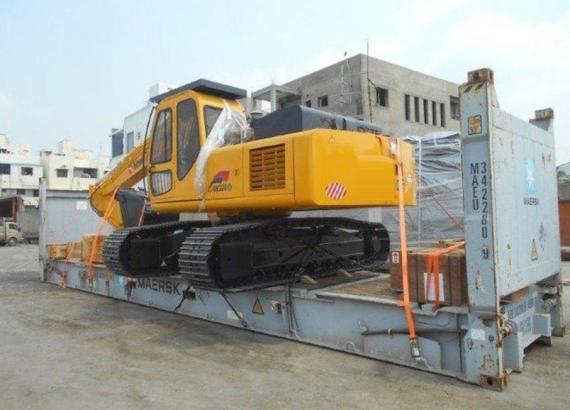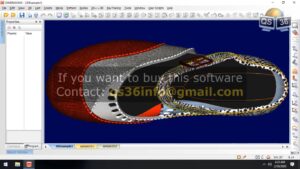

Because of this they err on the side of a head that is too big, because they are very aware of the damage that will be caused if you get an internal combustion engine into detonation (that pining metallic noise a diesel engine makes accelerating next to you from a light). And unless you CC'd the head odds are you wouldn't notice an appreciable difference.


I say advertised because often they sell only one or the other and hope no one notices the difference. Most of the aftermarket head manufactures offer at least two "street" heads with advertised differences in combustion chamber sizes (they have standardized on the 64cc small chamber and the 72 cc big chamber). This gives engine designers choices for rod length, stroke, bore size, and combustion chamber volume when specifying an engine (there are compromises and trade offs associated with each of these choices). With the same compression height (a word that is used to express stroke and rod length dimensions) for a given bore (305, 350, 400 to name a few small blocks) you will see nine to twelve sets of static compression numbers depending upon what piston and head combination you choose. If you browse through a piston catalog you will see that pistons come in three flavors now dished, flat tops, and domed. You should shoot for a static compression ratio of about 9.5:1 max for a carburetored pump gas engine driven on the street (even then expect to pump High Test 93 octane). However it is a real quick way to get you to the 11.0:1 range with a flat topped piston and the longer stroke of the 383/400. This is great way to wake up a mid eighties 7.75:1 dish toped piston powered 350 with 76 cc heads installed. The small 56 cc heads are off of a 305 and every one likes this small chamber head because it raises your static compression ratio. As a family the heads are available in 56 cc and 64 cc and 72 cc depending upon the application and engine size. Vortec is a family of engines (started with the ad campagin to beat Ford at the "We sell more trucks game". But even with a 76 cc chamber you will still be running close to 10 :1 with an iron head (93 octane only). With the exception of the steam holes these are identical heads with right facing stairs cast in the front of the head. If you are running flat tops, you will need a 76 cc head such as the '993 (has steam holes from factory for the 400), or the '71 Z/28 head number 3973487. It is at the upper limit on lift for a set of Vortec heads, which I would recommend over the '882 Power Pack 76 cc heads (hopefully you are not running flat top pistons, if so the 56 cc Vortecs would put you in detonation with pump gas). It makes power with low (pump gas) compression and doesn't need a high gear (especially with a SBC 400) for street manners. This cam works with stock exhaust (as in using mufflers like most people instead of running uncapped), and has a lot of midrange torque because of it's narrow LSA. This is a hydraulic flat tappet cam (part number 12-208-2) with a split pattern (more exhaust lift and duration) whose numbers are 211° intake / 221° exhaust duration 0.050" lift, and 0.442"/0.465" lift with a narrow LSA of 110°. I would like to recommend a CompCams grind number 265DEH.


 0 kommentar(er)
0 kommentar(er)
